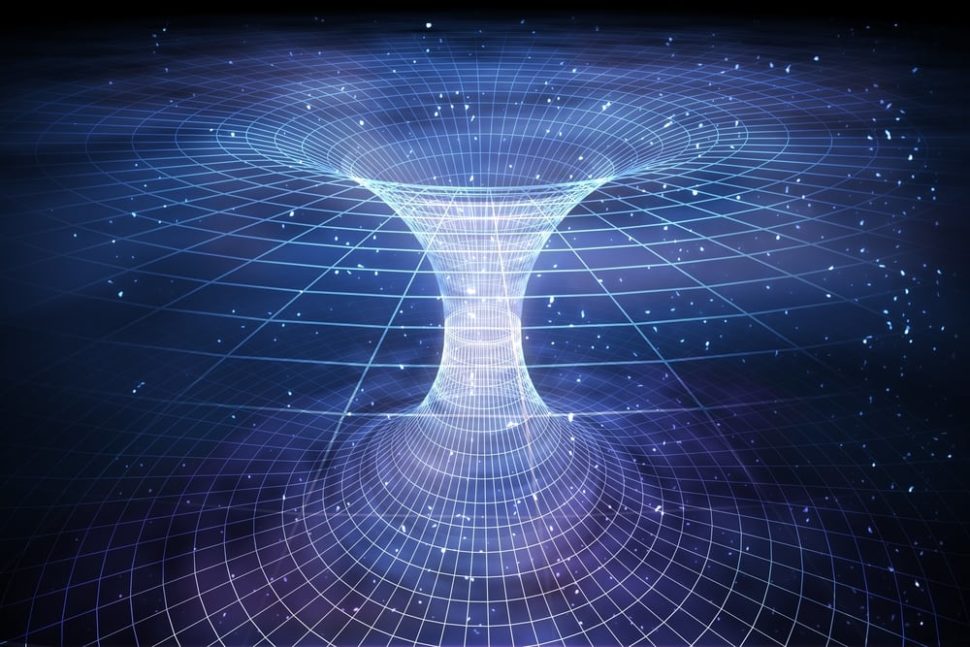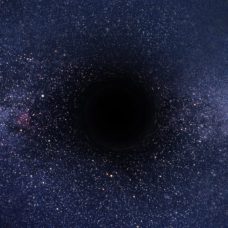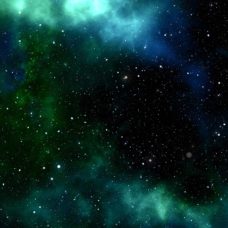Emergent gravity theory, which sees gravity as an emergent force more than a fundamental one, may be fundamentally-flawed.
Gravity is widely-accepted as one of the four fundamental forces in the Universe, along with the electromagnetic force, the strong, and the weak nuclear interactions.
It’s also believed that the four fundamental forces work in unison, and legions of scientists have long sought to find a master model, or a “Theory of Everything”, which would describe these forces together and encompasses both classical and quantum physics.
Read More: Everything you Need to Know About the Theory of Everything
Among the four forces, gravity seems to be the most difficult to tame and fit into a universal theory, because it’s the least understood.
Some think that the issue might stem from gravity’s very nature, that’s it’s not a fundamental force at all, and claim it’s an emergent phenomenon.
Emergent, or entropic, gravity theory posits that microscopic quantum bits of space-time, called “holographic screens”, collectively give rise to the macroscopic gravitational effect.
The thermodynamic behavior of these holographic screens is a key principle of emergent gravity theory, and now a team of physicists has proven it to be theoretically false.
Maybe Gravity Doesn’t Emerge, and it’s Just There
The idea is quite new. It was Dutch theoretical physicist Erik Verlinde who, in 2010, championed this theory and the “non-existence” of gravity.
Since it was introduced, emergent gravity has drawn the criticism of physicists who gave their counter-arguments about why gravity isn’t entropic in nature.
Now, Zhi-Wei Wang and Samuel L. Braunstein, two physicists respectively from Jilin University (Changchun, China) and the University of York (UK), have shown that the holographic screen surfaces of emergent gravity aren’t actually governed by thermodynamics.
According to the paper, scientists have documented the thermodynamic behavior of 2D spacetime surfaces, like black-hole horizons, as well as other objects and surfaces, including recent “more general ordinary surfaces in the emergent gravity program.”
The team proceeded with tests to find whether such surfaces, like horizons, obey an analog to the first law of thermodynamics, following principles of energy conservation and positive temperature and entropy.
Results revealed “that, while surfaces near black holes (called stretched horizons) do obey the first law, ordinary surfaces—including holographic screens—generally do not. The only exception is that ordinary surfaces that are spherically symmetric do obey the first law.”
As Dr. Wang explained to Phys.org, emergent gravity, as a theory, is still not completely out of the running, though this could prove to be a fatal scientific jab.
“Emergent gravity has very strong claims: that it can explain things like dark matter and dark energy, but also reproduce the decades of work coming out of regular general relativity. That last claim is now knocked on its head by our work, so emergent gravity proponents will have their work cut out for themselves in showing consistency with the huge canon of observational results. We’ve set them back, not necessarily knocked them out,” said Wang.



















“microscopic quantum bits of space-time, called “holographic screens”, collectively give rise to the macroscopic gravitational effect.”
This is incorrect. The role of the holographic screen is to serve as an arbitrary boundary between the part of space that has emerged and the part of spacetime that will emerge, after a coarse-graining is performed.
Imagine one begins with a region of space containing some matter. Suppose that I then delete this region; how much information would I lose? Also, if I had access to this information, could I somehow reconstruct the spacetime? The answer appears to be yes, and to do this one can assume that the holographic principle is true and that the information one needs should be associated to the boundary, or edge, of the deleted part of space. This arbitrary threshold is known as a holographic screen. It is completely arbitrary in the sense that the physics that emerges should ultimately be the same regardless of the shape/size of holographic screen.
The laws of gravity are conjectured to emerge from some underlying, microscopic theory that is expressed in terms of variables/degrees of freedom that we don’t yet know about, but whose collective (thermodynamic) behaviour can be described, and it is this description that is shown, in Verlinde’s model, to lead to the emergence of the known laws of gravity. It would be more precise to say that spacetime is seen to emerge *through* a holographic screen, but this is entirely different to the “quantum bits” that are supposed to build spacetime.
In relation to the paper at hand, their result seems clear, but it is not clear whether this result kills emergent gravity. It seems that the authors assume that the only possibility for the thermodynamic paradigm is to have an area-law for the entropy of a holographic screen. This therefore doesn’t preclude the existence of a volume-law, which is suggested in Verlinde’s recent dark matter proposal, and whose role is elaborated upon, in the context of holographic screens, in my recent paper https://arxiv.org/abs/1806.10195.